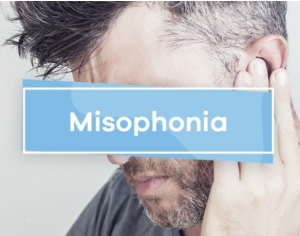There's no standardized test for misophonia, but doctors use screening tools to assess its severity.

The most common psychological intervention is cognitive behavioral therapy (CBT), a talking therapy that trains the brain to reframe its response to trigger sounds.











